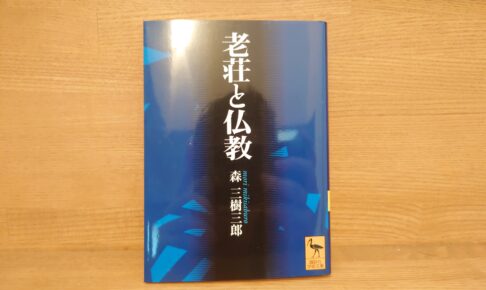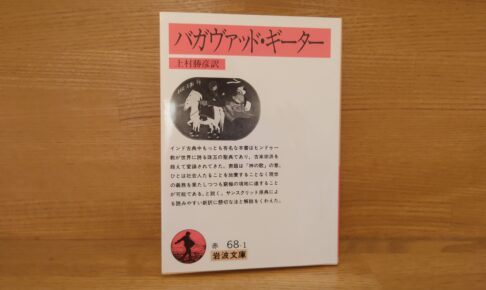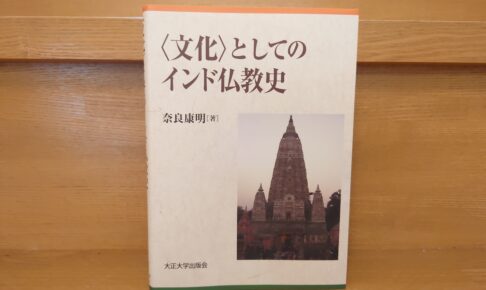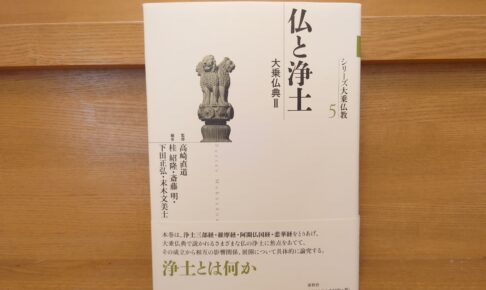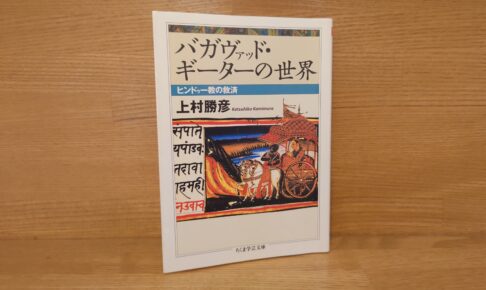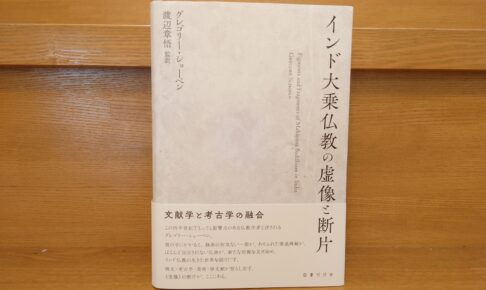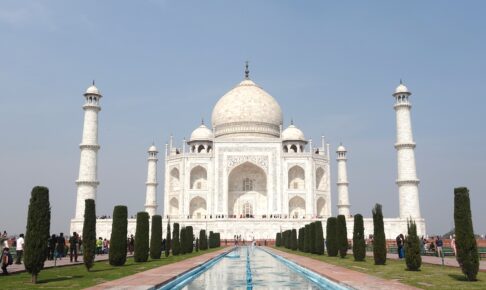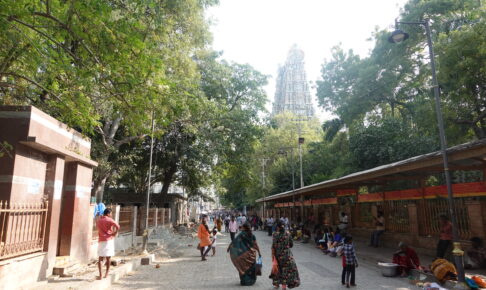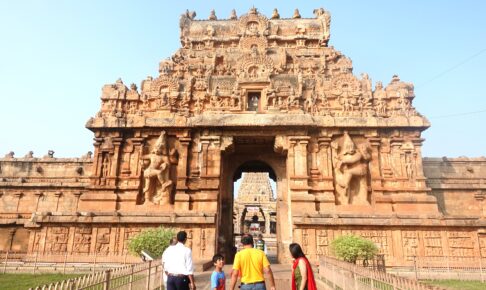MIKUSABURO MORI, "Laozhuang and Buddhism" - A stimulating book that provides insight into the relationship between Laozhuang and the reception of Buddhism in China!
This book is a tremendously interesting classic! It's one of those books that is so stimulating it sparks your brain!"
Well, I am here for this book. This book is definitely one of the best books on China that I have ever read on this blog. I would say that this book ranks at the top not only in China but also in all books related to Buddhism. It is such an interesting book.
The main theme of this book is how Buddhism, which came from India, was accepted and transformed in China, and this is extremely exciting.
The book also includes an overview of Lao Zhuang philosophy, the relationship between Chinese Buddhism and politics, the development of Zen Buddhism and Pure Land Buddhism, and other interesting details that just keep coming up in this book. Oh no, it's interesting! It sparked my brain.












